Hello sew-friends! Today's video is taking a deep dive into marking tools for fabric. After you cut out your fabric, the first thing you need to do is transfer all the pattern markings from the pattern to the fabric. Trust me, you don't want to skip it! In this post, I'll chat briefly about pattern markings and why they're important. Then, I'll share a variety of tools that can transfer marks to fabric and the pros and cons of each. Plus, I'll demonstrate how to mark a dart using a tracing wheel and transfer paper and how to mark a dart using a hole punch and chalk. Let's get started!
5 Things To Do Before Cutting a Sewing Pattern
Hello sew-friends! We're going back to basics today to talk about patterns. There's nothing more frustrating than making a garment and finding that it doesn't fit. The most common answer is to make a muslin first, but today I'm going to share the five things that you should do before you make a muslin and even before you cut or trace out your pattern. These are my tried and true tips that will help you get closer to making a first muslin that is the right size for your body as well as for your style and fit preferences.
Roundup—Tips for Getting Started Sewing
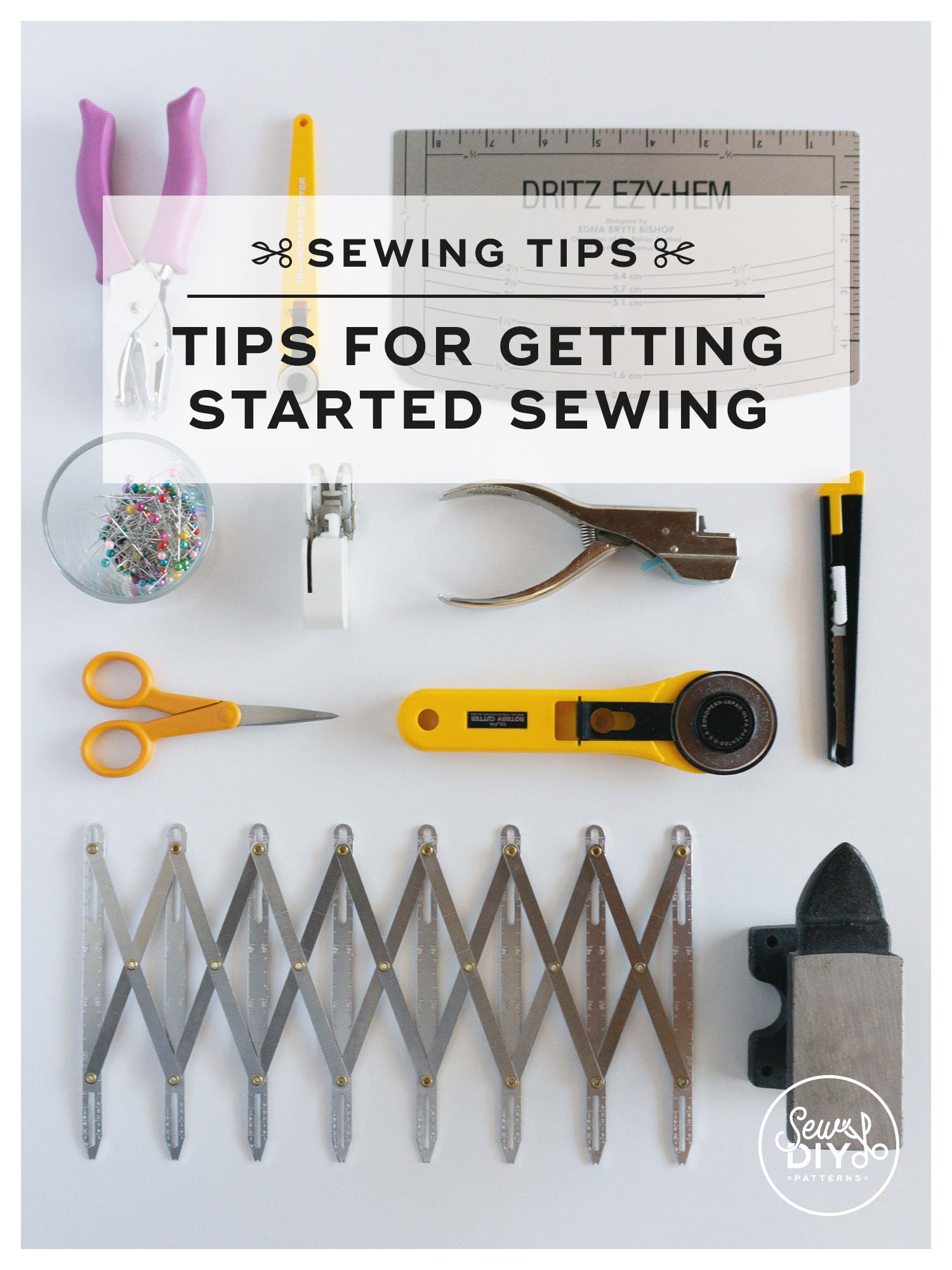
Hello sew-friends! It’s the start of a new year, which as usual has us thinking about starting new projects, learning new skills and maybe even venturing into new hobbies. So, for those of you who are just starting your sewing journeys, I thought it would be helpful to roundup some of my most helpful posts for beginners.
I’ve been sewing for about 25 years. And with all of that practice, I’ve learned a lot about what works, what doesn’t and some techniques and tricks for making sewing easier, happier and more fun. Scroll down for excerpts and links to my top blog posts for getting started sewing with ease. I hope that you find these posts useful. For more sewing tips and tutorials, check out the Learn to sew page for LOTS MORE.
Have you ever gotten to the fabric store and realized that you have no idea how much fabric you need to buy? Or worse, you just got home, after battling rush hour traffic, to realize that you forgot to buy matching thread or that particular width of elastic? I can’t tell you how many times I’ve driven to the store to buy matching thread and realized that I forgot to bring a swatch of the fabric. Or how about the realization that the fabric you bought won’t work for your project?
Hello sew-friends! We're going back to basics today to talk about patterns. There's nothing more frustrating than making a garment and finding that it doesn't fit. The most common answer is to make a muslin first, but today I'm going to share the five things that you should do before you make a muslin and even before you cut or trace out your pattern. These are my tried and true tips that will help you get closer to making a first muslin that is the right size for your body as well as for your style and fit preferences.
One of the most common questions people ask is what kind of sewing machine they should buy. There are many different brands and models of sewing machines that run the gamut of pricing from hundreds to thousands of dollars. With all those options, it can be a little overwhelming to figure out where to start. And when you’re buying a sewing machine, you want it to be a piece of equipment that you will love using for many years to come. Whether you are looking to start sewing or want to upgrade your current machine, these tips will help make the process of buying a sewing machine as smooth as possible.
I bought my current machine about four years ago. I'm really happy with the machine and I believe that's because I was very careful and thoughtful with how I approached the purchase. Today, I'll be sharing all of those tips with you so that no matter what your budget is, you will (hopefully!) end up with a machine that you love using for many years to come.
In today's video, I'll be showing you how to fuse iron-on interfacing to fabric. Interfacing is an extra layer of fabric that is used to make certain parts of a garment thicker and more sturdy. You'll often find it used in button plackets, collars, waistbands and facings. In the tutorial, I'll share all my tips for how to adhere iron-on interfacing to your fabric and prevent puckering or separating.
Today, I'm sharing my favorite sewing tools. These are the tools that I use often and that make a huge difference in the quality and/or ease of my sewing. I share why I love these tools and a little bit about how I use them.
I'm generally, pretty minimalist when it comes to tools. I only like to have things that I know are going to be useful. So, even though there are nineteen sewing tools on my list, you can rest assured that I use these all the time. If you're looking for ideas on how to build out your sewing tool kit or help someone else build theirs, this is a great video for you.
With the start of the new year, people often take on new adventures, including sewing. Yay! I was asked on Instagram a few times recently what sewing machine I recommend for beginners, so I thought I'd go ahead and share all the tools you need to start sewing your own clothing. And don’t worry, there are only six tools that you absolutely need. I’m a big fan of minimalism and not buying things you don’t need. Click through to watch the video explaining my picks and get links to my fave products.
Every sewist knows that the sewing machine is your number one bff. But did you know that the iron is your close #2? Yes! Almost as important as stitching is pressing. A proper press can mean the difference from a shabby garment and one that is looks super professional. Here are a few tips that I've learned along the way to press your me-made garments and avoid damaging them along the way.
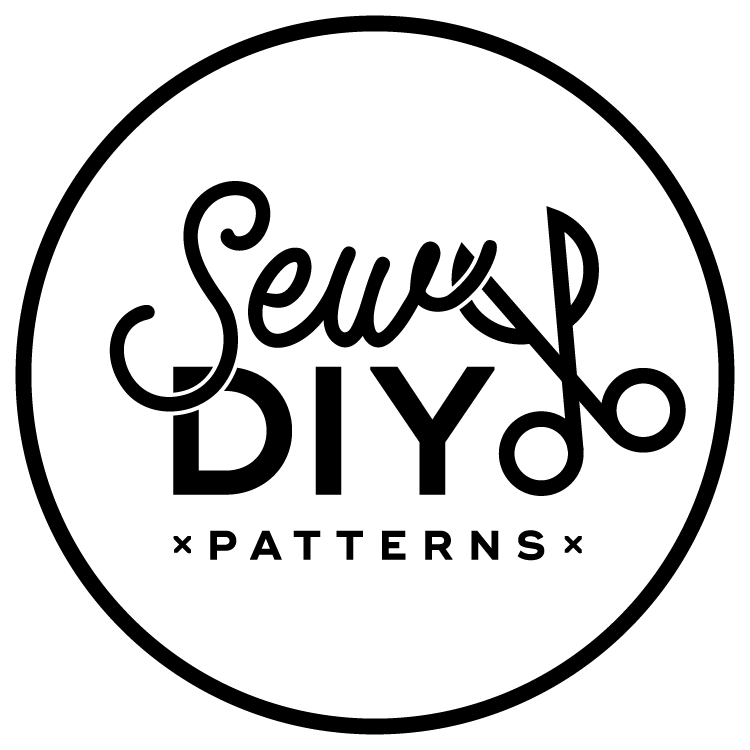

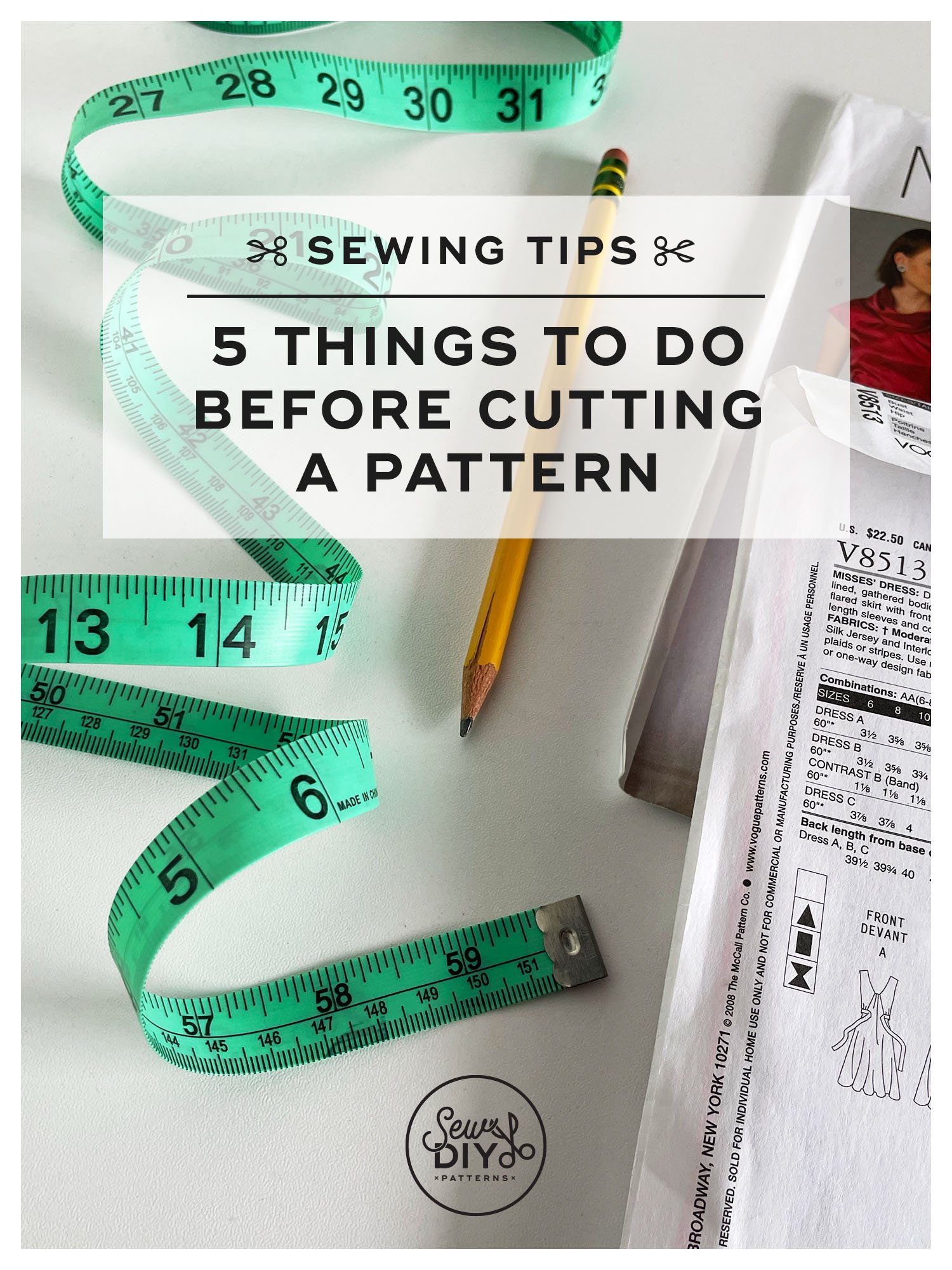



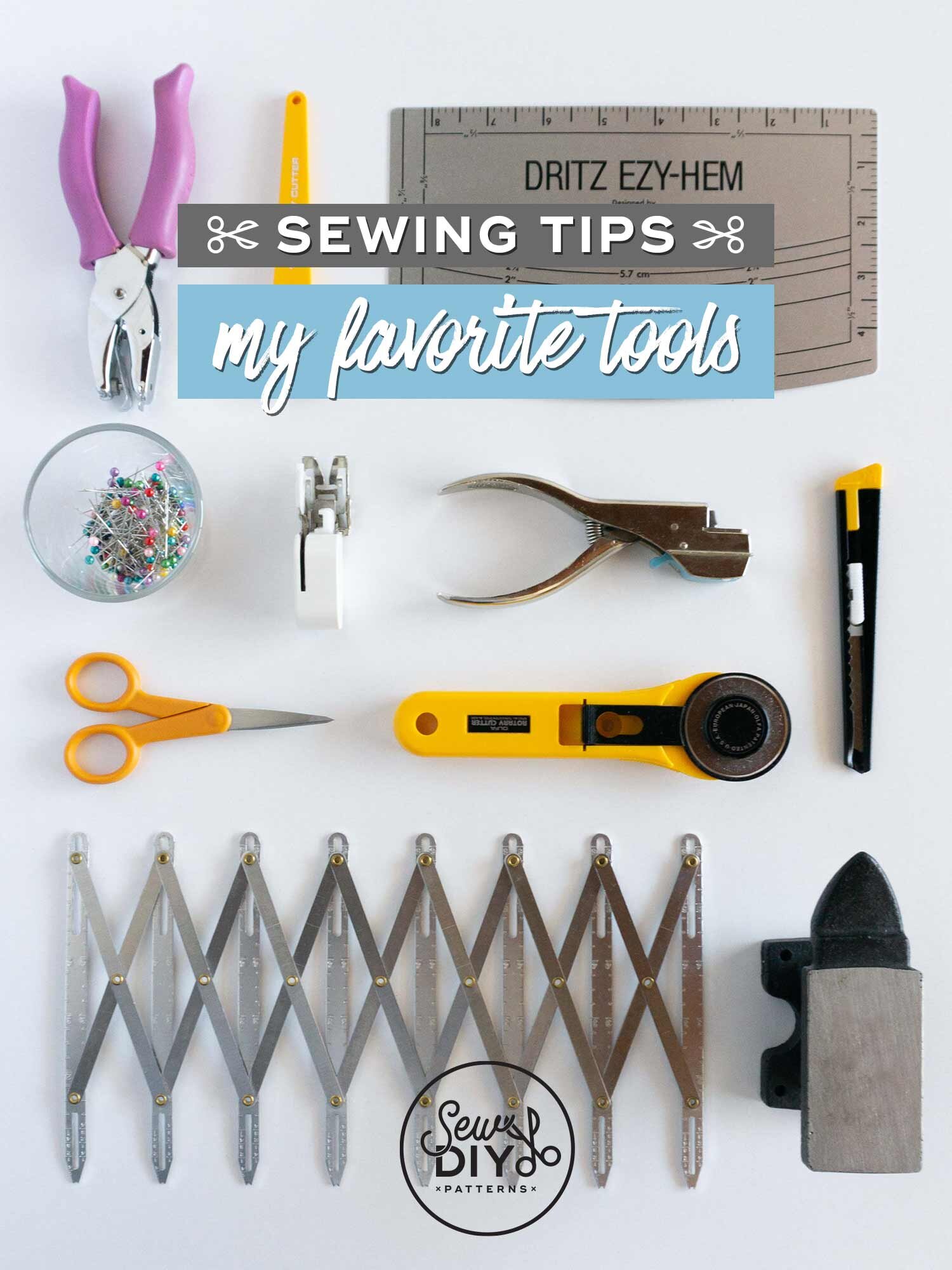
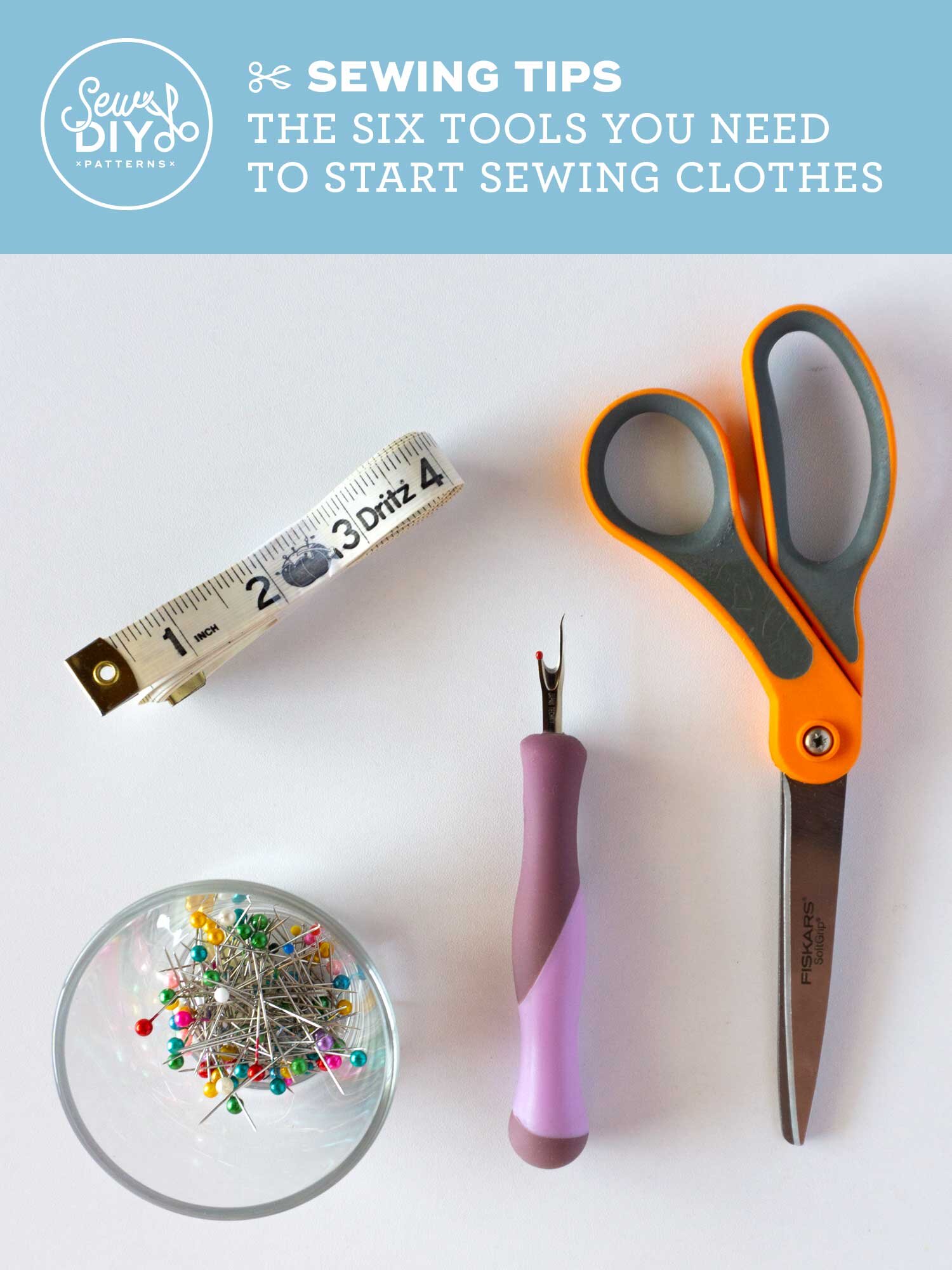

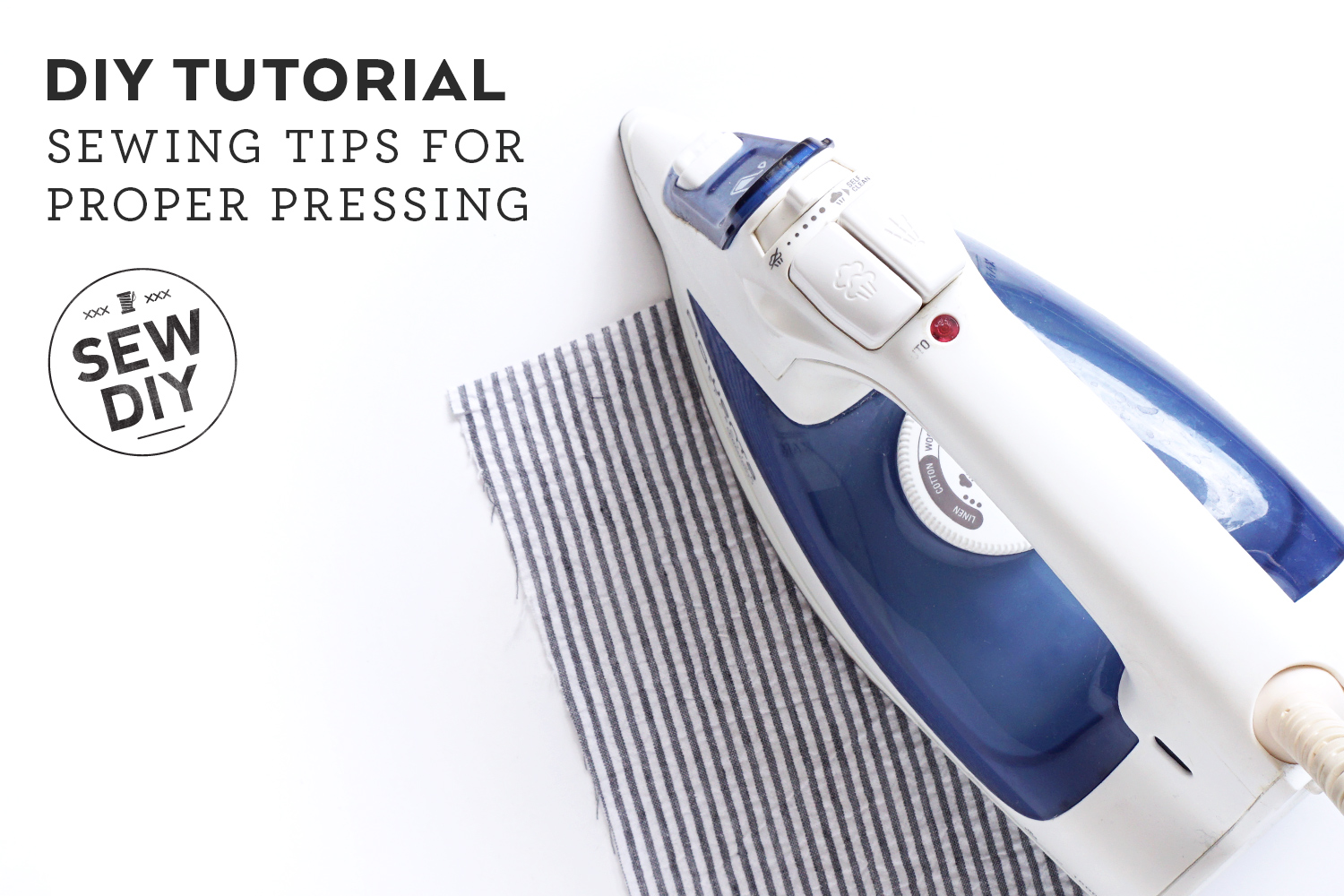
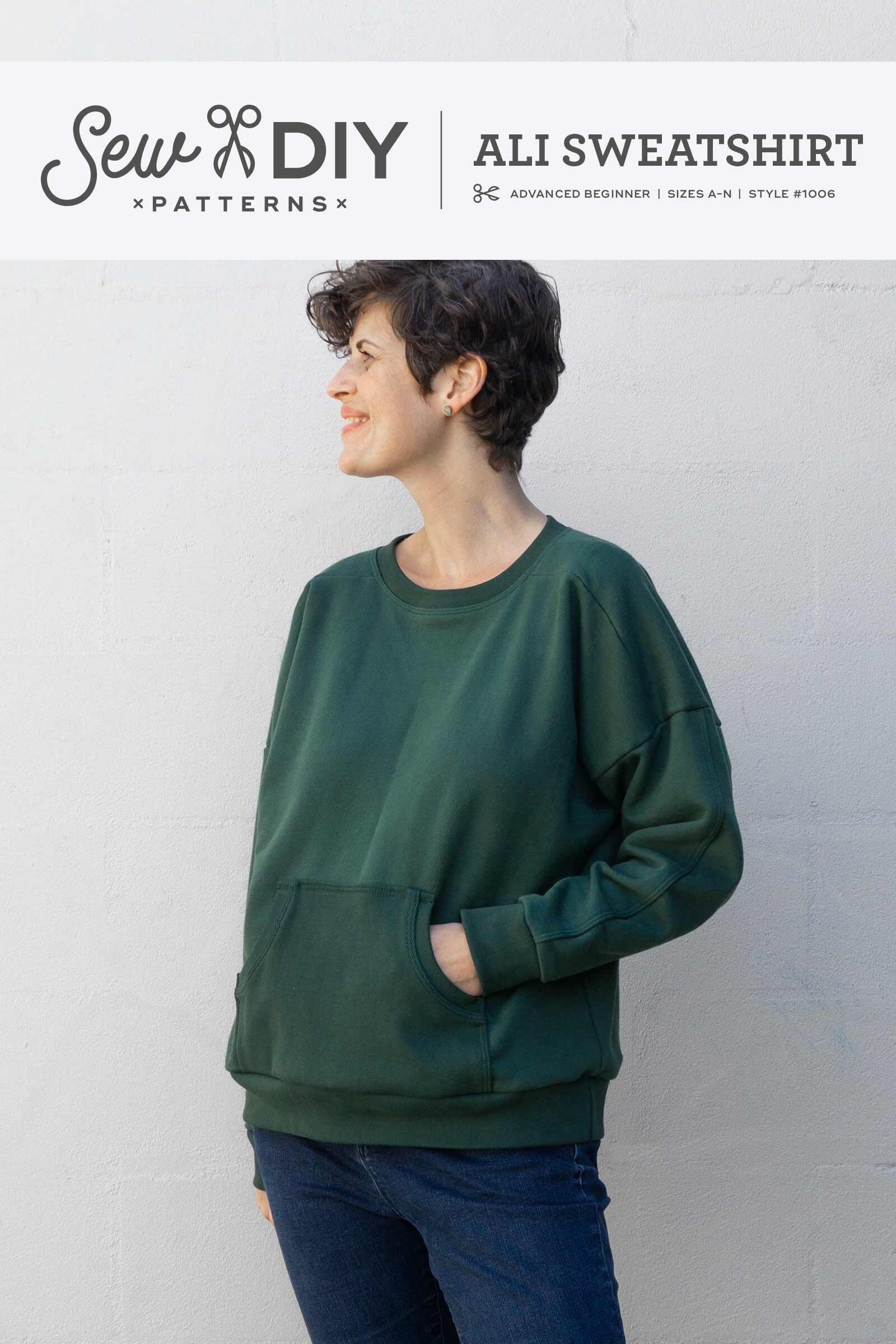

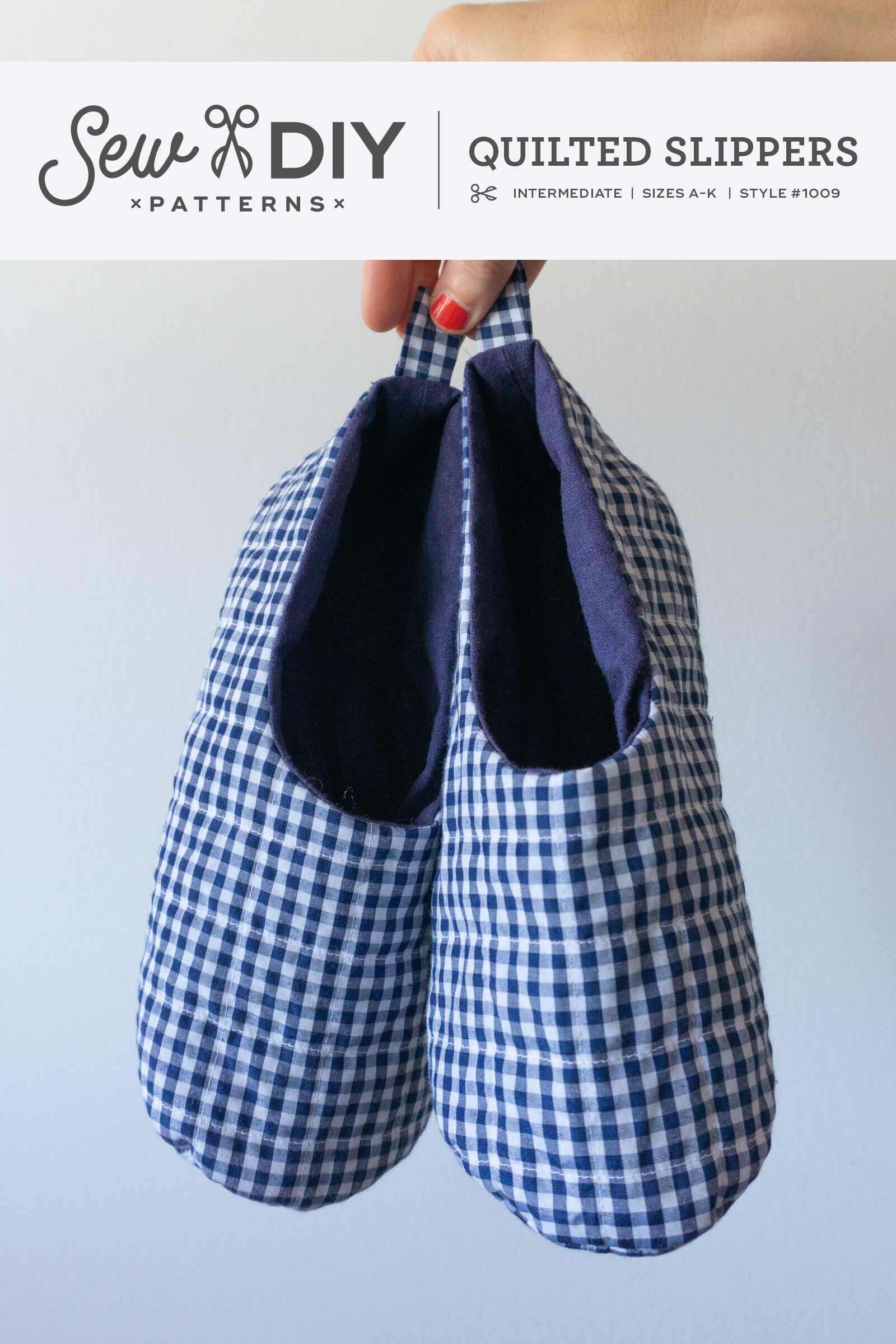


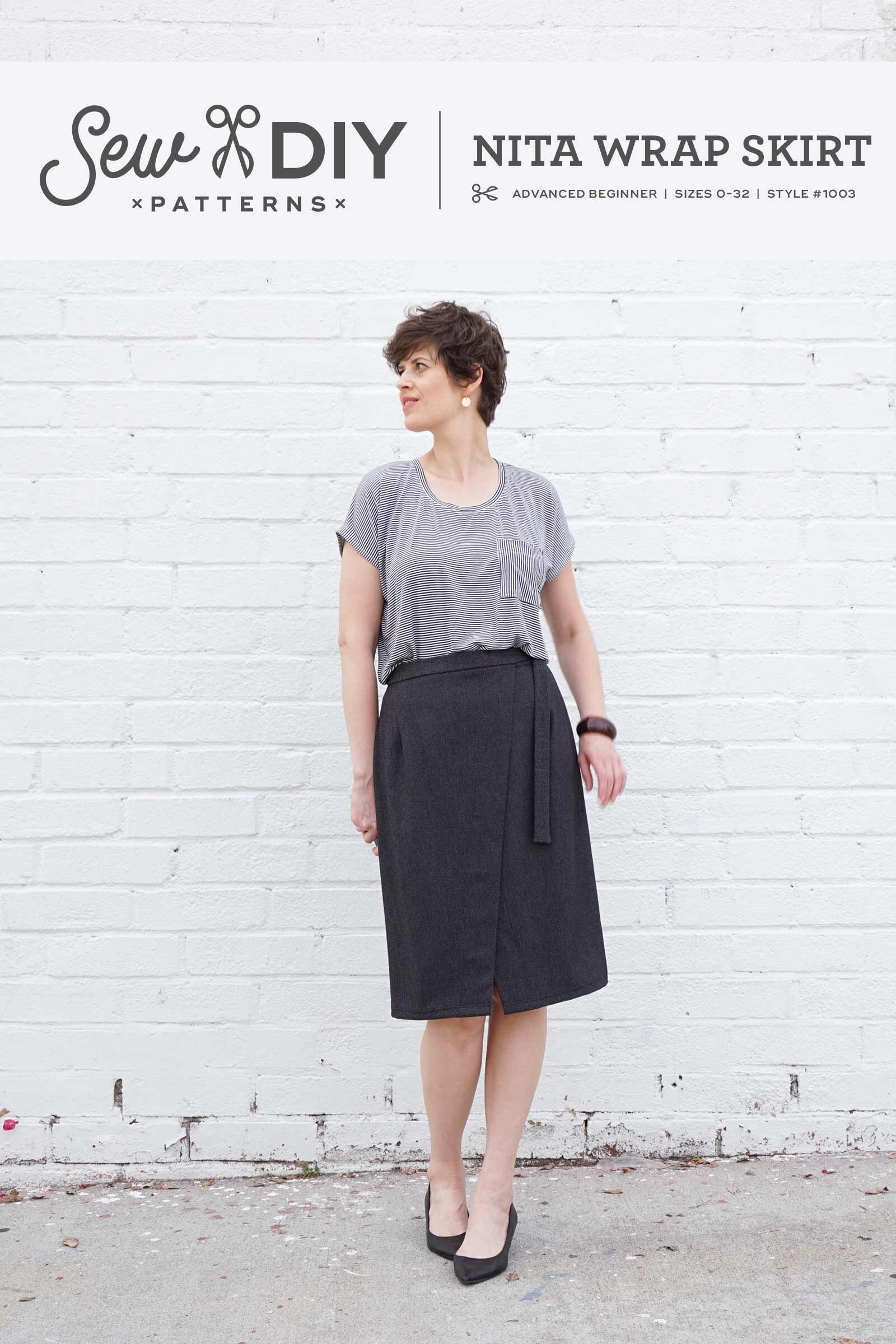


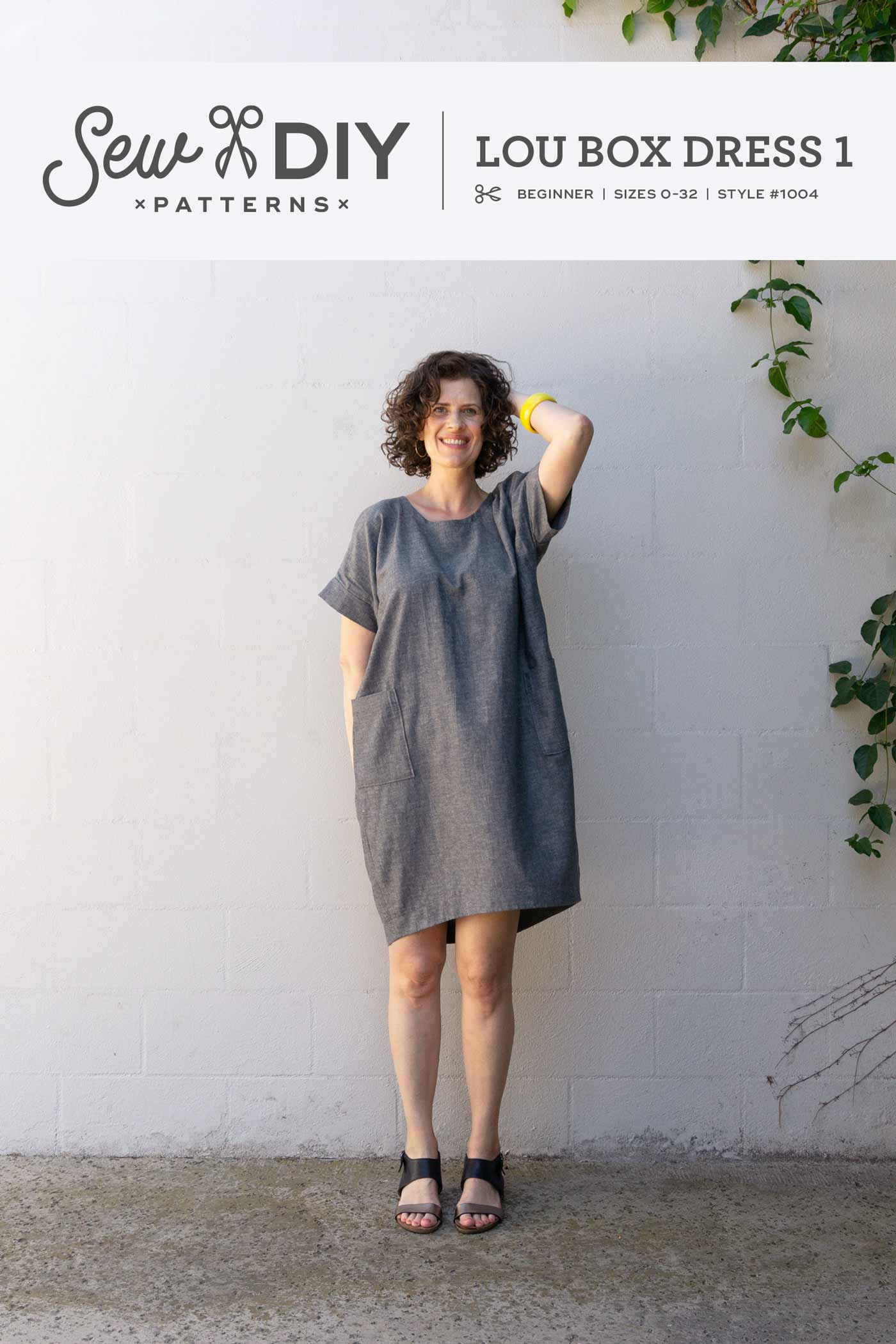













Hello sew-friends! Today, I'm sharing my top eight tips for sewing shirring with elastic thread. Shirring creates a stretchy gathered fabric that fits closely to the body. It's often used in the torso, bust, back, waist, neckline and wrist areas of a pattern. There are lots of possibilities! You can actually buy fabric that is already shirred along one selvage but when you learn how to sew your own, you'll have a lot more design opportunities. Shirring has a big design impact and is a great way to create a fitted garment that's also really comfy.